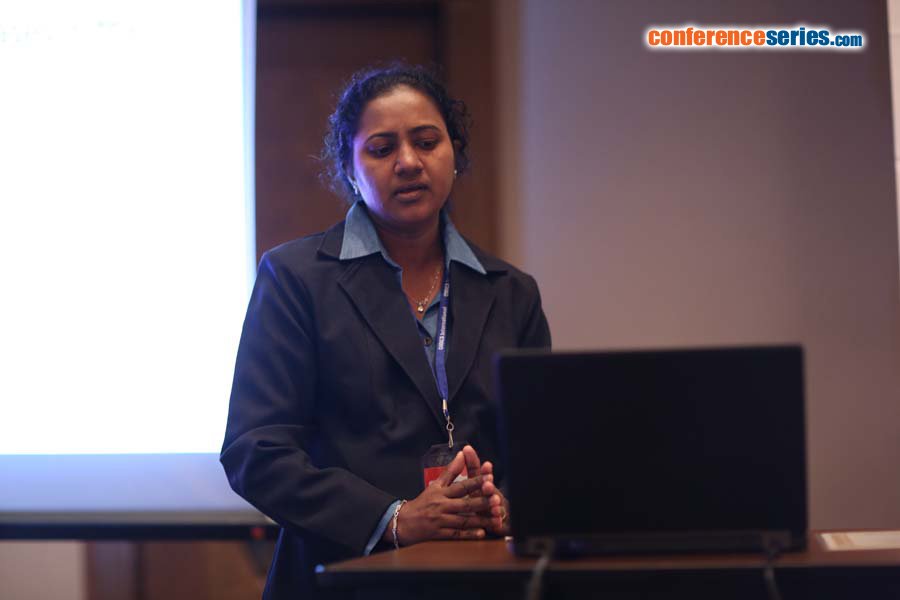
K M P Perera
University of Sri Jayewardenepura, Sri Lanka
Title: Estimation of carbon fluxes for the South Asian region using maximum likelihood ensemble filter (MLEF)
Biography
Biography: K M P Perera
Abstract
Climate change is a critical environmental issue closely linked with the increase of greenhouse gases in the atmosphere. Among those, CO2 plays the main role in greenhouse effect. During past two decades, greenhouse gas emissions from Asian countries have been increasing rapidly particularly due to industrialization and population growth. Therefore, it is vital to estimate the CO2 fluxes with high precision for Asian region which still remains poorly quantified due to lack of observations. In this study, we introduce a pseudodata experiment to test the performance of a global assimilation system, Maximum Likelihood Ensemble Filter (MLEF), on estimating the carbon fluxes by assimilating CONTRAIL (Comprehensive Observation Network for Trace gases by Airliner) measurements, which mainly cover the Asian region, in addition to existing flasks and continuous measurements. The experimet is carried out with the artificilly generated biases for the CO2 fluxes. Hourly land fluxes (Net Ecosystem Exchange (NEE)) derived from Simple Bioshere-version 3 (SiB3) model, Takahashi ocean fluxes and Brenkert fossil fuel emissions are the fluxes used. Slowly varying biases defined in monthly scale are recoved by estimating those for one year using MLEF coupled with Parametric Chemistry Transport Model (PCTM). The transport model is run at 2.5o longitude and 2o latitude spatial resolution with 25 vertical levels. Results of the pseudo data experiment show better agreement in between the recovered and the true mean annual fluxes. In the future, this model will be used with real observations to identify carbon sinks and sources globally.
Speaker Presentations
Speaker PPTs Click Here



